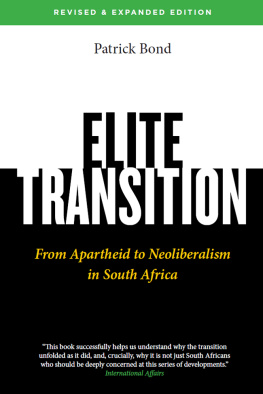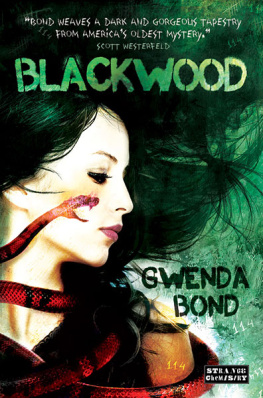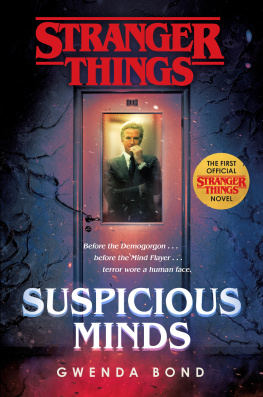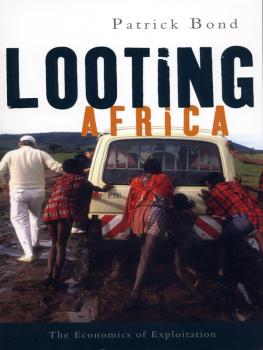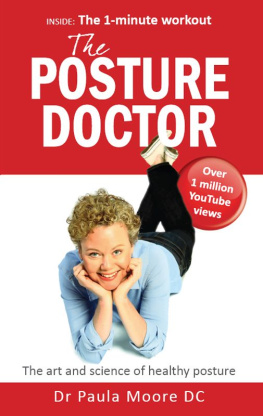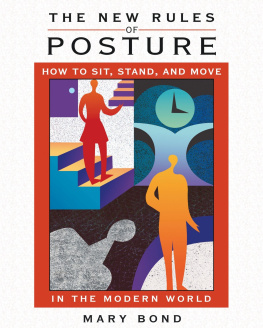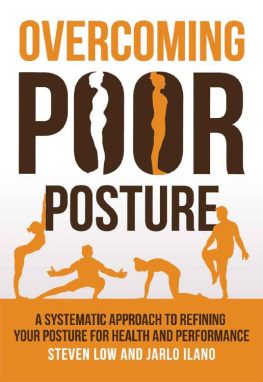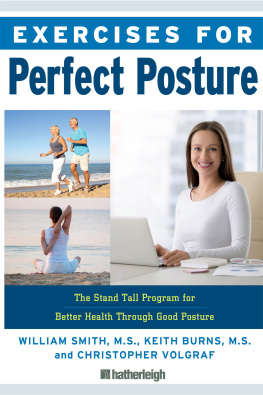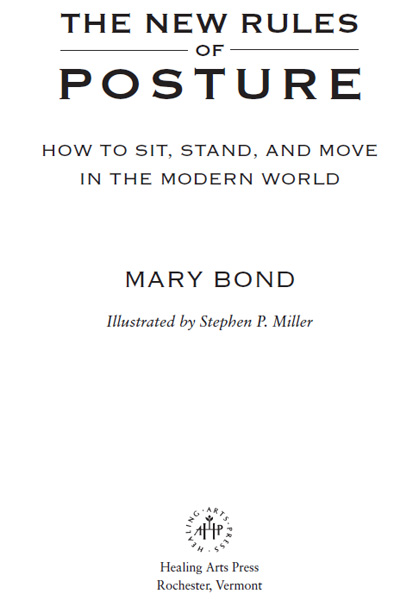
THE NEW RULES
OF
POSTURE
Mary Bonds talent and expertise extended my professional dance career until age 52! Anyone who suffers from body dysfunction and pain must read her book. Actually, it should be mandatory reading for all institutions offering anatomy, kinesiology, and medical courses.
BONNIE ODA HOMSEY,
FORMER MEMBER OF THE MARTHA GRAHAM DANCE COMPANY AND
ARTISTIC DIRECTOR OF AMERICAN REPERTORY DANCE COMPANY
I have long searched for a book that addresses the human body as a whole, and with clarity, guidance, and completeness. This book is a multi-faceted gem offering all of that and much more. I highly recommend it to teachers of movement and to anyone eager to learn how to become a better occupant of their body.
MARIE-JOS BLOM-LAWRENCE,
PILATES SPECIALIST AND PROFESSOR OF ANATOMY AND PHYSIOLOGY,
DEPARTMENT OF DANCE, SOUTHERN CALIFORNIA
LOYOLA MARYMOUNT UNIVERSITY
At last, at any level of knowledge of the body and movement, everyone will have the joy of a discovery that can profoundly change our relationship to ourselves, to others, and to the beauty of the world.
HUBERT GODARD, PH.D.,
PROFESSOR OF MOVEMENT AND RESEARCH,
UNIVERSITY OF PARIS
TABLE OF CONTENTS






EXPLORATIONS AND PRACTICES

1. YOUR CONSCIOUS BODY

2. YOUR BODYS INTERNET

3. THE ROOT OF POSTURE

4. HEALTHY BREATHING

5. CORE CONNECTIONS

6. YOUR HEARTS MESSENGERS

7. FOOTPRINTS

8. FACING THE WORLD

9. HEALTHY WALKING

10. ARTICULATE LIVING
FOREWORD
Although there are sometimes structural reasons that prevent balanced posture and good use of the body, most of us are guilty of misusing our body machinery due to habit. As with all habits, these postural ones seem to be such a large part of our make-up that change appears impossible, difficult, or unnecessary. What Mary Bond has succeeded in doing in this delightfully written text is to demystify the processes required for the creation of better body usage.
The fact that most visits to physicians involve pain as a major symptom, and that most pain problems relate to the muscles and joints, shows just how important better body usage is. The muscles and joints are the tissues that bear the strainand end up complainingwhen we misuse our bodies while sitting, standing, walking, lifting, driving the car, and performing the multiple movements, in a host of postures, that make life worth living in our work and in our leisure activities. Body usagegood and badalso has a direct impact on how our inner world of communications (nervous system), circulation, digestion and other functions work (or dont work), and is also a representation of mood, feelings, and personality. In addition to healthy muscle and joint usage, The New Rules of Posture explains the importance of the wonderful connective web that invests and supports all other soft tissues: the fascia.
At its very simplest it is worth remembering that the musculoskeletal system is the largest energy user in the body by a large margin, and when we misuse it and waste energy we are also loading a burden of strain onto areas (whether feet, knees, pelvic joints, spine, or neck) that will ultimately demonstrate disapproval of being misused by becoming tired, painful, and dysfunctional. As our joints and muscles start to complain, we too may also find ourselves becoming tired, pained, and less functional.
Poor postural habits are, however, only part of the story. This book also contains an excellent exploration of breathing, another area of poor habit that has enormous implications in relation to well-beingboth physical and emotional.
Mary Bond explains all this material in an uncomplicated, elegant style. Using examples and experiential exercises combined with science-and experience-based explanations of what needs to be doneand how to do itshe shows how to reverse the inevitable decline into pain and dysfunction that follows misusing what has been called the primary machinery of life.
To change any habitand poor posture and poor use are mainly habitsrequires, as a starting point, understanding. The explanations given in this book set the scene for understanding, making possible the next stage of learninghow to use our bodies more efficiently and safely.
Therapists as well as anyone seeking relief from the pain that results from poor postural habits should explore this gem of a book and follow its advice.
LEON CHAITOW, N.D., D.O.
HONORARY FELLOW, SCHOOL OF INTEGRATED HEALTH
UNIVERSITY OF WESTMINSTER, LONDON
PREFACE
One of my students gave me the assignment to write this volume. Id been helping her discover how to sit and stand in ways that reduced the effects of her job-related stress. She was impressed that the simple things I showed her could make such a difference in her comfort. There ought to be a manual, she said, an owners manual for your body.
The New Rules of Posture is that manual. The rules are new because they differ from the old rules, which teach posture as body alignment that is unrelated to what we feel. These new rules apply to our whole experience of living in our bodies as we move in relationship to the world around us. They are holistic because they approach posture as the expression of both mind and body.
A significant contributor to the holistic view of the body was Ida Rolf, who, in the 1950s developed a technique she called Structural Integration. Rolfs unique contribution was to view the human stance as being in relationship with the pull of gravity. Structural Integration, better known by its nickname, Rolfing, manually releases physical tensions that prevent the balanced alignment we call good posture.
Next page

